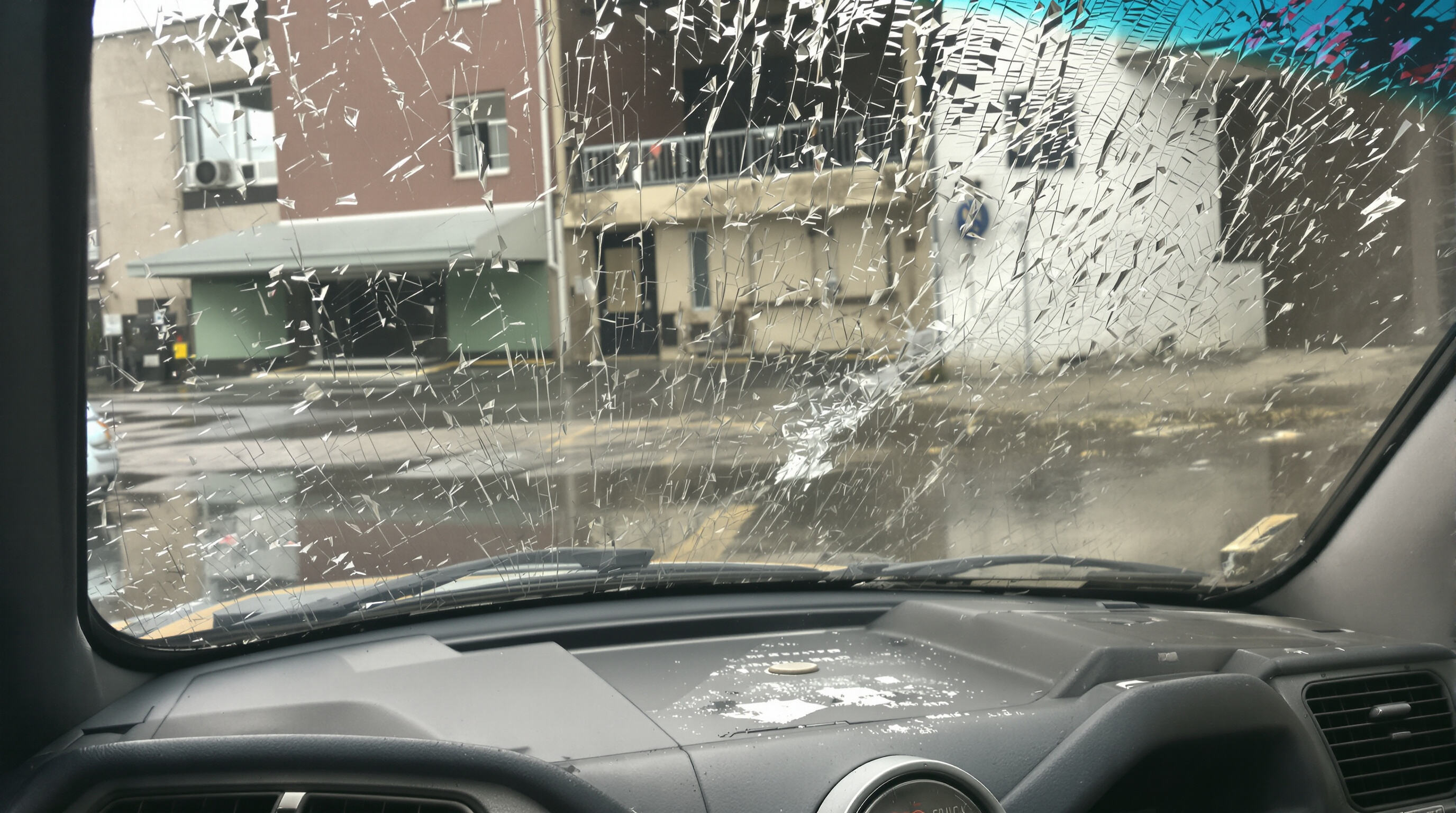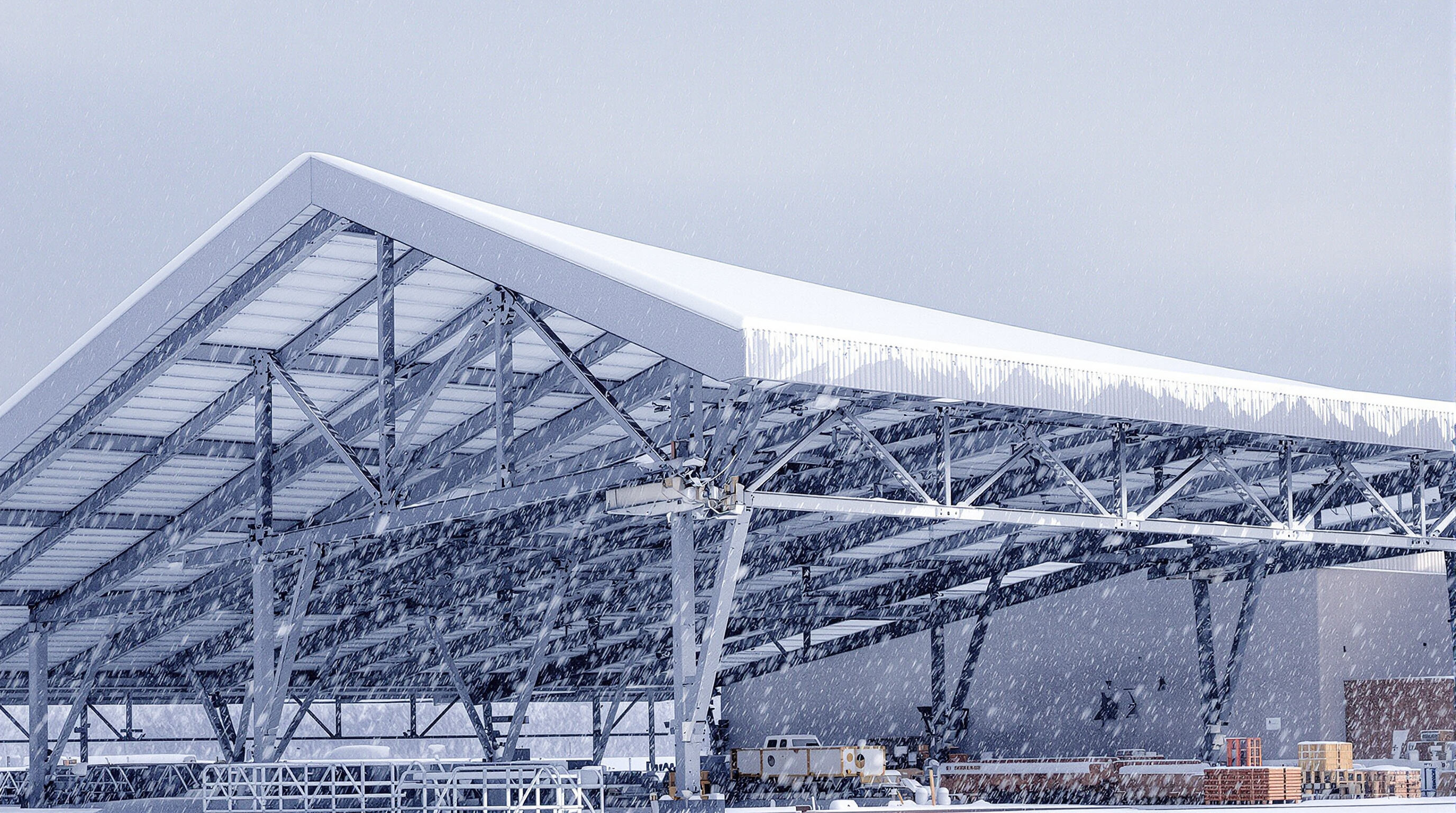Why Car Shelters Matter for Vehicle Longevity
How Weather Exposure Accelerates Vehicle Degradation

UV Ray Damage Prevention: Protecting Paint and Interior from Sun Degradation
When cars sit out in the sun for too long, the UV rays start breaking down those chemical bonds in the paint job. According to research from Automotive Research Council back in 2023, this makes colors fade about 50 percent quicker than on vehicles kept under cover somewhere. Most car owners notice something's wrong within just two years - the shine disappears completely, sometimes losing almost half its original gloss. And there's more damage going on beneath the surface too. Micro fractures begin forming which only speed up the whole oxidation process. The interior suffers even worse though. Dashboards literally start cracking apart at an alarming rate when exposed directly to sunlight, happening around 3.5 times faster than normal. Leather seats and fabric interiors fade significantly over time as well, typically losing about 40% of their color each year if left unprotected.
Moisture and Corrosion Control: Shielding Against Rain, Snow, and Humidity
Vehicles exposed to rain or snow face 67% higher undercarriage corrosion due to salt and road debris. Moisture intrusion compromises electrical systems, doubling repair costs over five years. In humid climates, engines develop rust 2.1 times faster, reducing component lifespans by 30% (National Institute of Automotive Care 2022).
Structural Protection from Hail, Ice, and Storms
Hailstorms cause $1.3 billion in vehicle damage annually, with unsheltered cars 60% more likely to need windshield replacements. Ice buildup increases door seal wear by 40%, and wind-driven debris causes paint chips that evolve into rust pockets. During extreme weather, unprotected vehicles face:
| Risk Factor | Sheltered Reduction |
|---|---|
| Body panel dents | 92% |
| Windshield cracks | 85% |
| Water intrusion | 78% |
Data: Federal Insurance Agency 2023
Car shelters block these cumulative stressors, preserving structural integrity and minimizing long-term repairs.
Preventing Long-Term Material Deterioration with Car Shelters
Stopping Interior Fading and Cracking Caused by UV Exposure
UV radiation degrades interiors 65% faster than in sheltered vehicles, accelerating upholstery fading and vinyl cracking (Auto Care Association 2023). High-quality car shelters made with UV-resistant polyethylene or acrylic fabrics block 99% of solar radiation while allowing airflowâ critical for protecting dashboard electronics and leather seating.
Reducing Wear on Tires, Seals, and Exterior Finishes
Thermal cycling from direct sun weakens rubber compounds in tires and seals 40% faster, per tire manufacturer testing. Car shelters maintain temperatures below 110°F during heatwaves, preventing premature hardening of gaskets and oxidation of chrome accents.
Rust and Corrosion Resistance in High-Moisture Environments
Cars stored outdoors in coastal areas experience 3.2x higher corrosion rates due to airborne salt (National Association of Corrosion Engineers 2024). Engineered shelters with galvanized steel frames and ground vapor barriers reduce humidity exposure by 78%, shielding brake lines, suspension parts, and undercarriages from moisture decay.
Car Shelter Design: Durability Against Snow, Wind, and Extreme Weather

Engineered for Load Resistance: Withstanding Heavy Snow and Strong Winds
Car shelters built today rely on solid structural engineering principles to handle harsh weather situations. The angle of the roof is typically between 15 and 30 degrees, which helps keep snow from piling up too much. This design feature really cuts down on the chance of collapse when there are big winter storms, according to findings published in the 2023 Structural Engineering Review. Most modern shelters also have reinforced anchors that can hold against wind speeds exceeding 85 miles per hour. That kind of force is what we'd see in a Category 1 hurricane basically. Steel frames with cross bracing throughout can support weight loads of around 35 pounds per square foot from accumulated snow. For areas where it regularly gets over 50 inches of snow each year, these specifications make all the difference in ensuring safe storage through multiple seasons.
Boosting Resale Value with Environmental Protection
Maintaining Aesthetic Premium by Preventing Sun and Weather Damage
UV exposure causes irreversible surface damage, fading paint by up to 40% and cracking interior materials 2.3ÃÂ faster than in sheltered vehicles. A quality car shelter blocks 99% of UV rays and minimizes moisture infiltration, protecting factory paint gloss and upholstery textureâfeatures buyers prioritize during appraisals.
How Car Shelters Contribute to Higher Trade-In and Resale Values
Protected vehicles retain 23% more of their original value after five years, according to a 2024 used vehicle market analysis. This premium reflects avoided repair costs for:
- Faded headlights ($200â$500 restoration)
- Corroded brake components ($300â$800 replacement)
- Cracked leather seats ($1,200+ reupholstering)
Dealers report sheltered vehicles sell 19% faster due to superior surface condition and verifiable maintenance history. Additionally, 68% of eco-conscious buyers are willing to pay a 5â7% premium for vehicles showing minimal weather-related wear.
FAQ
Why is UV ray protection important for vehicles?
UV rays can cause paint fading and interior material degradation, including cracking of dashboards and fading of leather seats, significantly accelerating the vehicle's wear and reducing its aesthetic appeal.
What benefits do car shelters offer against extreme weather conditions?
Car shelters provide protection from harsh weather elements like hail, ice, and storms, thereby reducing risks such as body panel dents, windshield cracks, and water intrusion, while also maintaining the structural integrity of your car.
How do car shelters contribute to maintaining a car's resale value?
Shelters minimize weather-related damage, which helps in preserving the car's original condition, thereby retaining its value and appeal for longer, and facilitating higher resale and trade-in value.

